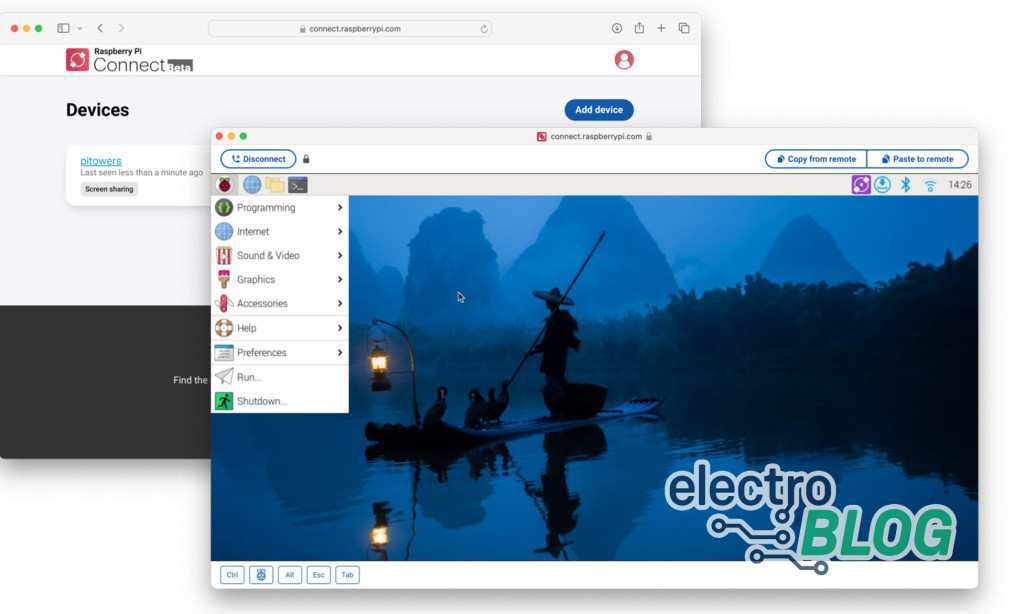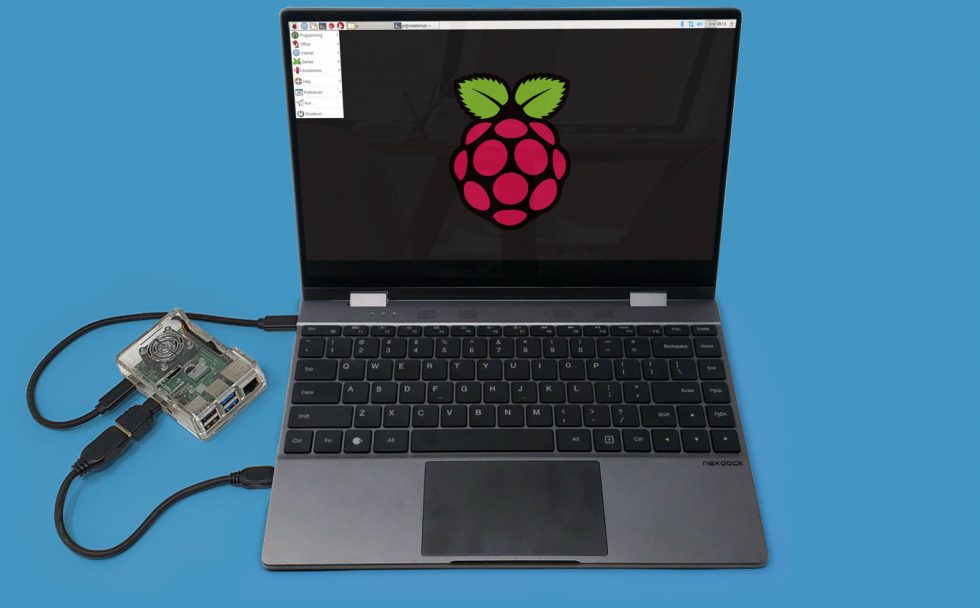How Do I Access My Raspberry Pi From Anywhere Windows?
Accessing your Raspberry Pi from anywhere using Windows is an essential skill for anyone working with this versatile device. Whether you're managing a remote server, running a home automation system, or simply tinkering with a project, the ability to control your Raspberry Pi remotely can save you time and effort. This guide will walk you through the steps to set up remote access securely and efficiently.
Remote access to Raspberry Pi offers numerous advantages, such as enabling you to monitor and manage your projects from different locations. It also allows you to troubleshoot issues without physically being present near the device. However, ensuring security is paramount when setting up remote access, as exposing your Raspberry Pi to the internet can pose risks if not done correctly.
In this comprehensive guide, we will explore various methods to access your Raspberry Pi remotely from a Windows computer. We'll cover everything from setting up SSH (Secure Shell) to using advanced tools like VNC and remote desktop solutions. By the end of this article, you'll have the knowledge and tools necessary to securely access your Raspberry Pi from anywhere in the world.
Read also:What Is Kanye West Height Unveiling The Truth Behind The Celebritys Stature
Table of Contents
- Introduction to Remote Access
- What is SSH?
- Setting Up SSH on Raspberry Pi
- Connecting to Raspberry Pi via Windows
- Using VNC for Remote Access
- Securing Your Remote Access
- Advanced Remote Access Methods
- Troubleshooting Common Issues
- Best Practices for Remote Access
- Conclusion and Next Steps
Introduction to Remote Access
Remote access refers to the ability to control and interact with a computer or device from a different location. This functionality is particularly useful for managing servers, troubleshooting issues, and collaborating on projects. When it comes to Raspberry Pi, remote access allows users to perform tasks such as:
- Running scripts and programs remotely
- Monitoring system performance
- Accessing files stored on the Raspberry Pi
- Configuring settings without physical access
In the context of Windows users, accessing Raspberry Pi remotely involves setting up specific protocols and tools that facilitate secure communication between the two devices.
What is SSH?
SSH, or Secure Shell, is a cryptographic network protocol used for secure communication between two devices over an unsecured network. It provides a way to access a command-line interface on a remote machine while ensuring that the data transmitted is encrypted and protected from unauthorized access.
For Raspberry Pi users, SSH is a fundamental tool for remote management. It allows you to execute commands, transfer files, and manage services directly from your Windows computer.
Why Use SSH for Raspberry Pi?
SSH offers several advantages for remote access:
- Security: Data transmitted through SSH is encrypted, reducing the risk of interception.
- Efficiency: SSH connections are lightweight and fast, making them ideal for remote management tasks.
- Flexibility: You can perform a wide range of operations, from simple file transfers to complex system configurations.
Setting Up SSH on Raspberry Pi
Enabling SSH on your Raspberry Pi is a straightforward process. Follow these steps to configure SSH:
Read also:Spades 247 The Ultimate Guide To Mastering The Classic Card Game
- Boot your Raspberry Pi and log in to the desktop environment.
- Open the Raspberry Pi Configuration tool by navigating to
Preferences > Raspberry Pi Configuration. - Go to the
Interfacestab and selectEnablenext to SSH. - Click
OKto save the changes.
Alternatively, you can enable SSH via the command line by running:
sudo systemctl enable ssh
Once SSH is enabled, your Raspberry Pi will be ready to accept remote connections.
Verifying SSH Status
To confirm that SSH is active, use the following command:
sudo service ssh status
If SSH is running, you'll see a message indicating that the service is active.
Connecting to Raspberry Pi via Windows
Connecting to your Raspberry Pi from a Windows computer requires the use of an SSH client. PuTTY is one of the most popular and user-friendly SSH clients available for Windows. Here's how to set it up:
- Download and install PuTTY from the official website.
- Launch PuTTY and enter the IP address of your Raspberry Pi in the
Host Name (or IP address)field. - Select
SSHas the connection type. - Click
Opento establish the connection.
When prompted, log in using your Raspberry Pi's username and password.
Using PowerShell for SSH
Windows 10 and later versions come with built-in SSH support through PowerShell. To connect to your Raspberry Pi using PowerShell:
- Open PowerShell and type the following command:
ssh pi@- Enter your Raspberry Pi's password when prompted.
This method eliminates the need for third-party software and provides a seamless SSH experience.
Using VNC for Remote Access
While SSH provides command-line access, VNC (Virtual Network Computing) allows you to interact with your Raspberry Pi's graphical interface remotely. This is particularly useful for tasks that require a visual interface, such as configuring software or running graphical applications.
To set up VNC on your Raspberry Pi:
- Install the RealVNC server by running:
sudo apt updatesudo apt install realvnc-vnc-server realvnc-vnc-viewer- Enable VNC by navigating to
Preferences > Raspberry Pi Configuration > Interfacesand selectingEnablefor VNC.
On your Windows computer, download the RealVNC Viewer from the official website. Once installed, enter your Raspberry Pi's IP address to establish a connection.
Advantages of VNC
- Graphical Interface: VNC provides full access to the Raspberry Pi's desktop environment.
- Intuitive Controls: Users can interact with applications as if they were physically present.
- Multi-User Support: Multiple users can connect to the same Raspberry Pi simultaneously.
Securing Your Remote Access
Security is a critical consideration when setting up remote access to your Raspberry Pi. Here are some best practices to ensure your connection remains secure:
- Use Strong Passwords: Avoid using default or weak passwords for your Raspberry Pi.
- Enable Two-Factor Authentication (2FA): Add an extra layer of security by requiring a second form of verification.
- Update Regularly: Keep your Raspberry Pi's operating system and software up to date to protect against vulnerabilities.
- Limit Access: Restrict SSH and VNC access to trusted IP addresses whenever possible.
Consider using a firewall to further enhance security by blocking unauthorized access attempts.
Setting Up a Firewall
To configure a firewall on your Raspberry Pi:
- Install UFW (Uncomplicated Firewall) by running:
sudo apt install ufw- Allow SSH and VNC traffic:
sudo ufw allow 22(for SSH)sudo ufw allow 5900(for VNC)- Enable the firewall:
sudo ufw enable
Advanced Remote Access Methods
For users seeking more advanced remote access solutions, there are several tools and techniques available:
1. Using a Dynamic DNS Service
Dynamic DNS (DDNS) allows you to access your Raspberry Pi using a domain name instead of an IP address, which can change depending on your internet service provider. Popular DDNS services include No-IP and DuckDNS.
2. Setting Up a VPN
A Virtual Private Network (VPN) creates a secure tunnel between your Windows computer and Raspberry Pi, protecting your data from potential threats. OpenVPN is a widely-used open-source solution for setting up a VPN on Raspberry Pi.
3. Port Forwarding
Port forwarding allows you to direct incoming traffic from your router to your Raspberry Pi, enabling remote access from outside your local network. Consult your router's documentation for instructions on setting up port forwarding.
Troubleshooting Common Issues
While setting up remote access, you may encounter some common issues. Here's how to address them:
- Connection Refused: Ensure that SSH or VNC is enabled on your Raspberry Pi and that the correct IP address is being used.
- Authentication Failed: Double-check your username and password, and make sure there are no typos.
- Timeout Errors: Verify that your router's firewall is not blocking the necessary ports (22 for SSH, 5900 for VNC).
If problems persist, consult the documentation for your Raspberry Pi's operating system or the specific tools you're using.
Best Practices for Remote Access
To ensure a smooth and secure remote access experience, follow these best practices:
- Regular Backups: Always back up your Raspberry Pi's data before making significant changes.
- Monitor Logs: Keep an eye on system logs for signs of unauthorized access attempts.
- Limit Exposure: Avoid exposing your Raspberry Pi to the internet unless absolutely necessary.
- Stay Updated: Regularly update your Raspberry Pi's software and firmware to protect against vulnerabilities.
By adhering to these guidelines, you can enjoy the benefits of remote access while minimizing risks.
Conclusion and Next Steps
Accessing your Raspberry Pi from anywhere using Windows is a powerful capability that can enhance your productivity and flexibility. By leveraging tools like SSH, VNC, and advanced methods such as DDNS and VPNs, you can securely manage your Raspberry Pi from any location.
Remember to prioritize security by using strong passwords, enabling two-factor authentication, and keeping your system up to date. Additionally, consider exploring additional resources and tutorials to further expand your knowledge of remote access techniques.
We encourage you to share this article with others who may find it useful and leave a comment below if you have any questions or feedback. For more in-depth guides and tips, explore our other articles on Raspberry Pi and related technologies.
Article Recommendations


